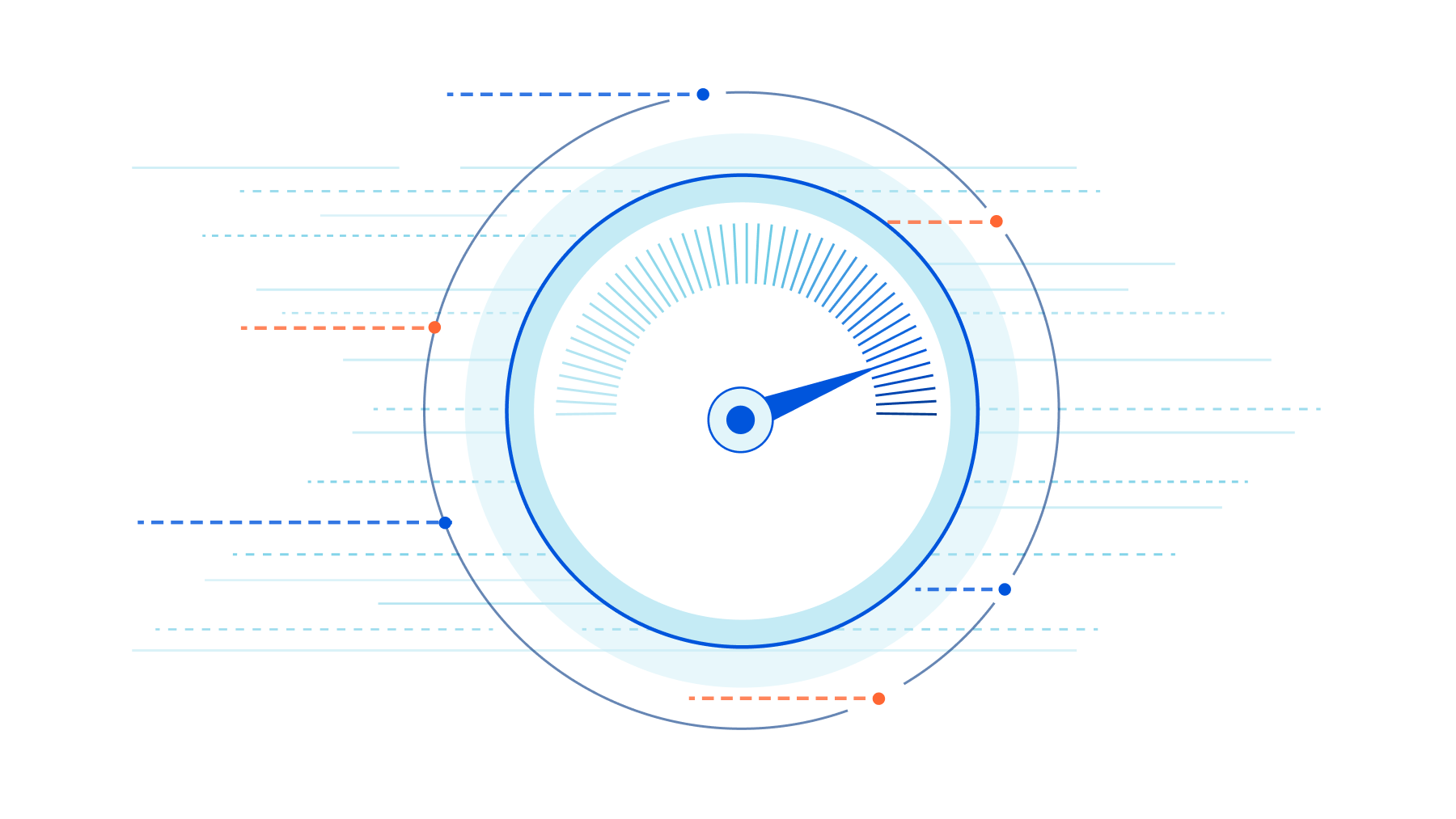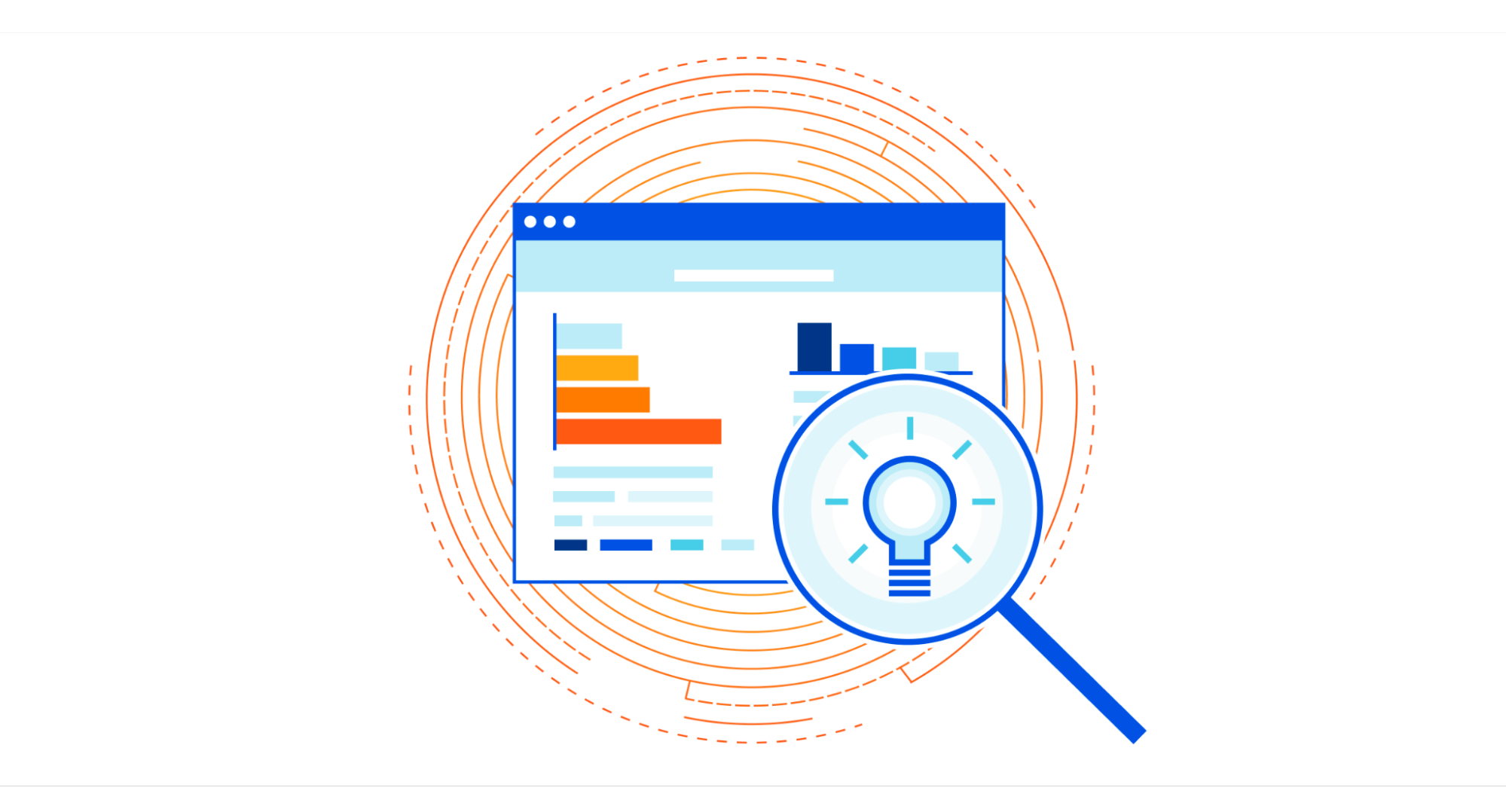Ansible For Network Automation Lesson 4: Gathering Device Information – Video
In this installment of the series on Ansible and network automation, Josh VanDeraa looks at how to update an Ansible config file, gather data from various devices using command modules including IOS, and use ios_facts to get IOS-specific information from IOS devices. Josh has created a GitHub repo to store additional material, including links and […]
The post Ansible For Network Automation Lesson 4: Gathering Device Information – Video appeared first on Packet Pushers.
Network Break 388: Cloudflare Diagnoses Widespread Outage; EU Pumps Brakes On Broadcom/VMware
Today's Network Break podcast discusses new SASE features from Cloudflare, a Cloudflare outage and its post-mortem, why EU regulators want a closer look at Broadcom's proposed VMware acquisition, and more IT news.New partner program for SMB agencies & hosting partners now in closed beta

A fundamental principle here at Cloudflare has always been that we want to serve everyone - from individual developers to small businesses to large corporations. In the earliest days, we provided services to hosting partners and resellers around the globe, who helped bring Cloudflare to thousands of domains with free caching and DDoS protection for shared infrastructures.
Today, we want to reinforce our commitment to our hosting ecosystem and small business partners that leverage Cloudflare to help bring a better Internet experience to their customers. We've been building a robust multi-tenant partner platform that we will begin to open up to everyone searching for a faster, safer, and better Internet experience. This platform will come in the form of a Self Serve Partner program that will allow SMB agencies & hosting partners to create accounts for all their customers under one dashboard, consolidate billing, and provide discounted plans to our partners.
Deprecation of our legacy APIs
To make way for the new, we first must discuss the end-of-life of some of Cloudflare’s earliest APIs. Built and launched in 2011, our Hosting and Optimized Partner Programs allowed our initial CDN and DDoS solutions to expand to brand-new audiences around the Continue reading
Network performance update: Cloudflare One Week June 2022


In September 2021, we shared extensive benchmarking results of 1,000 networks all around the world. The results showed that on a range of tests (TCP connection time, time to first byte, time to last byte), and on different measures (p95, mean), Cloudflare was the fastest provider in 49% of the top 1,000 networks around the world.
Since then, we’ve expanded our testing to cover not just 1,000 but 3,000 networks, and we’ve worked to continuously improve performance, with the ultimate goal of being the fastest everywhere and an intermediate goal to grow the number of networks where we’re the fastest by at least 10% every Innovation Week. We met that goal Platform Week May 2022), and we’re carrying the work over to Cloudflare One Week (June 2022).
We’re excited to share that Cloudflare was the fastest provider in 1,290 of the top 3,000 most reported networks, up from 1,280 even one month ago during Platform Week.
Measuring what matters
To quantify global network performance, we have to get enough data from around the world, across all manner of different networks, comparing ourselves with other providers. We use Real User Measurements (RUM) to fetch a 100kB file from different providers. Continue reading
Identifying content gaps in our documentation


If you’ve tuned into this blog for long enough, you’ll notice that we’re pretty big on using and stress-testing our own products (“dogfooding”) at Cloudflare.
That applies to our security team, product teams, and – as my colleague Kristian just blogged about – even our documentation team. We’re incredibly excited to be on the Pages platform, both because of the performance and workflow improvements and the opportunity to help the platform develop.
What you probably haven’t heard about is how our docs team uses dogfooding – and data – to improve our documentation.
Dogfooding for docs
As a technical writer, it’s pretty common to do the thing you’re documenting. After all, it’s really hard to write step-by-step instructions if you haven’t been through those steps. It’s also a great opportunity to provide feedback to our product teams.
What’s not as common for a writer, however, is actually using the thing you’re documenting. And it’s totally understandable why. You’re already accountable to your deadlines and product managers, so you might not have the time. You might not have the technical background. And then there’s the whole problem of a real-world use case. If you’re really dedicated, you can set Continue reading
Repost: Buffers, Congestion, Jitter, and Shapers
Béla Várkonyi left a great comment on a blog post discussing (among other things) whether we need large buffers on spine switches. I don’t know how many people read the comments; this one is too valuable to be lost somewhere below the fold
You might want to add another consideration. If you have a lot of traffic aggregation even when the ingress and egress port are roughly at the same speed or when the egress port has more capacity, you could still have congestion. Then you have two strategies, buffer and suffer jitter and delay, or drop and hope that the upper layers will detect it and reduce the sending by shaping.
Repost: Buffers, Congestion, Jitter, and Shapers
Béla Várkonyi left a great comment on a blog post discussing (among other things) whether we need large buffers on spine switches. I don’t know how many people read the comments; this one is too valuable to be lost somewhere below the fold
You might want to add another consideration. If you have a lot of traffic aggregation even when the ingress and egress port are roughly at the same speed or when the egress port has more capacity, you could still have congestion. Then you have two strategies, buffer and suffer jitter and delay, or drop and hope that the upper layers will detect it and reduce the sending by shaping.
Automation 14. Deep dive into Building CI/CD for Network Automation and Software Development with GitHub Actions
Hello my friend,
We planned to write this blogpost for a few weeks if not months, but due to various reasons it was delayed. We are delighted to finally post it, so that you can get some useful ideas how you can build your own CI/CD pipeline with GitHub, probably the most popular platform for collaborative software development.
2
3
4
5
retrieval system, or transmitted in any form or by any
means, electronic, mechanical or photocopying, recording,
or otherwise, for commercial purposes without the
prior permission of the author.
Regards
A lot of lessons about building the CI/CD pipelines and importance of unit testing and linting checks I learned from a colleague of mine, Leigh Anderson, whom I’m very grateful for that.
CI/CD Overview
CI/CD is an approach, which is very often used in software development, and discussed outside of that area. It stands for:
- CI (Continuous Integration) is a process, where the created software (for sake of simplicity, any piece of code) is getting ready to be deployed.
- CD (Continuous Deployment) is a process, where the software, which is ready for deployment, is actually deployed Continue reading
Optics Are More Important Than Your Switches At 400G
This post originally appeared on the Packet Pushers’ Ignition site on January 9, 2020. This slide from the Cisco Live BRKOPT-2006 presentation on “Preparing for 400 GbE” jumped out at me. I recommend you download the whole presentation and keep it for future reference. It’s an excellent resource with lots of useful information. Optics […]
The post Optics Are More Important Than Your Switches At 400G appeared first on Packet Pushers.
Worth Reading: Smart Highways or Smart Cars?
I stumbled upon an interesting article in one of my RSS feeds: should be build smart highways or smart cars?
The article eloquently explains how ridiculous and expensive it would be to put the smarts in the infrastructure, and why most everyone is focused on building smart cars. The same concepts should be applied to networking, but of course the networking vendors furiously disagree – the network should be as complex, irreplaceable, and expensive as possible. I collected a few examples seven years ago, and nothing changed in the meantime.
Worth Reading: Smart Highways or Smart Cars?
I stumbled upon an interesting article in one of my RSS feeds: should we build smart highways or smart cars?
The article eloquently explains how ridiculous and expensive it would be to put the smarts in the infrastructure, and why most everyone is focused on building smart cars. The same concepts should be applied to networking, but of course the networking vendors furiously disagree – the network should be as complex, irreplaceable, and expensive as possible. I collected a few examples seven years ago, and nothing changed in the meantime.
Six Coaching Principles That Took Me Years to Learn
This post is overdue. Perhaps by a few years. Finally, earlier this week, I saw a few posts on Reddit that made me thumb through stacks of papers to find my initial draft. What comes here, at its finest, is merely personal experience. I would call the lesson “established rules” if I had enough scientific […]
The post Six Coaching Principles That Took Me Years to Learn appeared first on Packet Pushers.
Heavy Networking 636: Mindfulness And IT Leadership
Today on Heavy Networking we’re talking about mindfulness in the workplace. Mindfulness, which is about being aware of your senses and feelings in the moment, could be a useful tool to help you navigate the high-stress, high-stakes IT profession. Our guest is Jennifer “JJ” Minella. She’s an IT practitioner, network architect, author, and the founder and principal advisor of Viszen Security.
The post Heavy Networking 636: Mindfulness And IT Leadership appeared first on Packet Pushers.